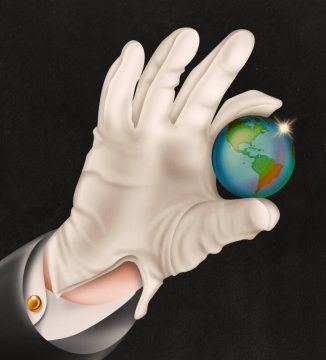Jeff Madrick in The New York Times:
 One of the mysteries in politics for decades now has been why white working-class Americans began to vote Republican in large numbers in the 1960s and 1970s. After all, it was Democrats who supported labor unions, higher minimum wages, expanded unemployment insurance, Medicare and generous Social Security, helping to lift workers into the middle class. Of course, an alternative economic view, led by economists like Milton Friedman, was that this turn toward the Republican Party was rational and served workers’ interests. He emphasized free markets, entrepreneurialism and the maximization of profit. These, Friedman argued, would raise wages for many and even most Americans.
One of the mysteries in politics for decades now has been why white working-class Americans began to vote Republican in large numbers in the 1960s and 1970s. After all, it was Democrats who supported labor unions, higher minimum wages, expanded unemployment insurance, Medicare and generous Social Security, helping to lift workers into the middle class. Of course, an alternative economic view, led by economists like Milton Friedman, was that this turn toward the Republican Party was rational and served workers’ interests. He emphasized free markets, entrepreneurialism and the maximization of profit. These, Friedman argued, would raise wages for many and even most Americans.
But wages did not rise. And yet many in the working class kept voting Republican, still seemingly angered by Lyndon Johnson’s Great Society, which was dedicated to helping the poor and assuring equal rights for people of color. In the 1980s, under Ronald Reagan, income inequality began to rise sharply; wages for typical Americans stagnated and poverty and homelessness increased. Capital investment remained relatively weak despite deep tax cuts (as it does today under Donald Trump). At the same time, antitrust regulation was severely wounded, and giant corporations began to monopolize industry after industry.
In 2004, Thomas Frank’s book “What’s the Matter With Kansas?” tried to explain why a once Democratic state had turned resolutely Republican. His eloquent review of the rhetoric of the age was instructive. But the presidential election of 2016 sent the sharpest message yet. Working-class voters in Michigan, Pennsylvania and Wisconsin opted for Trump, and apparently against their economic interests. Trump had succeeded in appealing to their anger and the Democrats were caught flat-footed.
More here.
